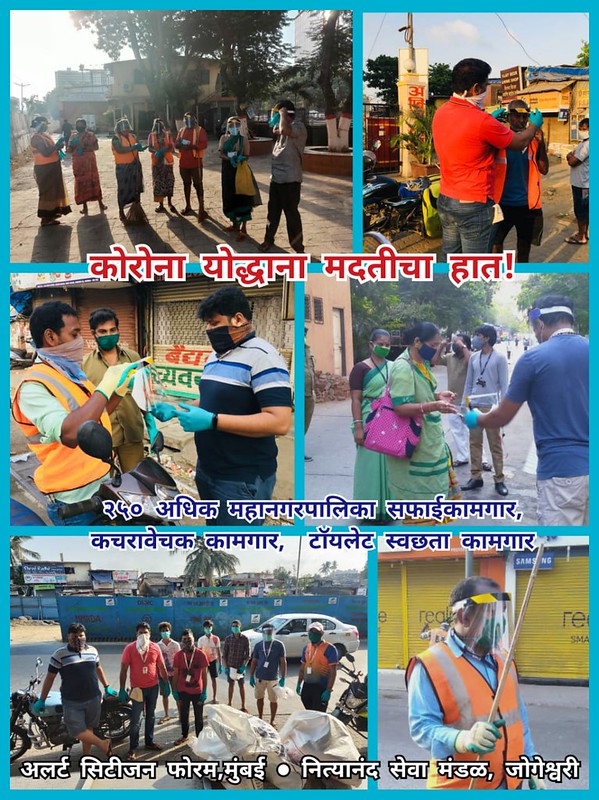Photos, Illustrations and other Images
Livestock rearers and fishers bear the brunt of cyclone Amphan
Posted on 18 Aug, 2020 10:14 AMThe Amphan cyclone that struck the Sundarbans in the month of May this year has wreaked havoc in the area destroying lives and livelihood. A lot of the locals living in the Sundarbans depend on animal husbandry and fishing to earn a living. The cyclone destroyed animal rearing shelters and swept away most of the cattle and domestic animals.

Locals struggle with WASH issues post-Amphan
Posted on 17 Aug, 2020 12:17 PMUN’s recognition of safe and clean drinking water and sanitation as a human right recently hit a decade and this makes us ponder even more about the situation in the Sundarbans after the Amphan cyclone. The destruction caused by Amphan in the Sundarbans poses a massive threat to the very right to safe and clean drinking water and sanitation of the people living there.

Amphan’s impact on farming and livelihood in Sunderbans
Posted on 11 Aug, 2020 05:46 PMThe Amphan cyclone has disfigured the lives of people living in the Sundarbans. Houses have been torn apart, farms have been filled with brackish water making the land unsuitable for farming and betel leaves have been destroyed. People in the Sundarbans are in a life-threatening situation with makeshift shacks to live in and no means to earn a living.

Bringing springs to life: Ensuring water security for Baigas in Madhya Pradesh
Posted on 12 Jul, 2020 07:41 PMNested amongst the Satprura hills lies Kapoti, a village in the Dindori district of Madhya Pradesh. This region is known as Baiga Chak and is inhabited by Baigas, a vulnerable tribal group.

Covid-19 and floods: A double whammy for Assam
Posted on 04 Jul, 2020 07:52 PMIt is an annual episode that plays itself out. Assam is, once again, reeling under flood – loss of human and animal life, severe damage to agricultural crops, property, millions of people displaced from their homes, absence of flood preparedness or early warning systems, delayed relief action by the government and the silent apathy of the mainstream media.

Collective action against Coronavirus
Posted on 18 May, 2020 02:09 PM Even as I sat down to write this the Jeevan Raths have rolled out and are serving migrants essentials - food, water and sanitary
Even as I sat down to write this the Jeevan Raths have rolled out and are serving migrants essentials - food, water and sanitary

In photos: How temple tanks are helping Chennai conserve rain water
Posted on 21 Aug, 2019 03:05 PMBesides showcasing the architectural expertise and aesthetics of their time, temple tanks also play an extremely important role as water storage systems in Chennai.

Beyond the death toll: The everyday violence of Assam’s floods
Posted on 19 Aug, 2019 12:53 PMFloods are an annual phenomenon in Assam. They are as integral to the state as the Brahmaputra River is, and each monsoon, we are reminded that Assam exists (or is drowning). As I write this piece, Assam is slowly recovering from the first wave of flood this monsoon.

Dumping waste effectively
Posted on 16 Mar, 2019 03:51 PMAccording to the Swachh Bharat Mission (SBM) website, access to toilets has improved in India and 28 out of 36 states and Union Territories are now open defecation free (ODF). While that’s good news, managing faecal sludge in ODF states in an eco-friendly way continues to be a big challenge.

